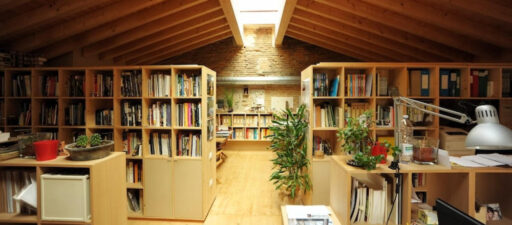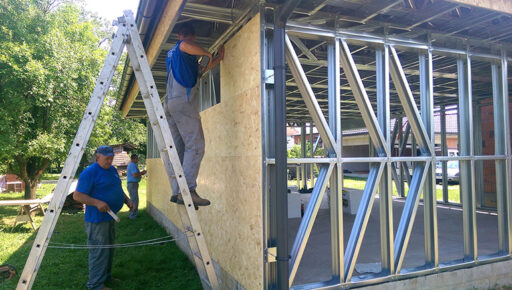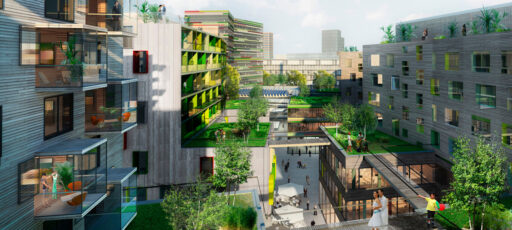The 25 principles of bio-ecological building
ANAB translates the 25 principles of healthy building into Italian
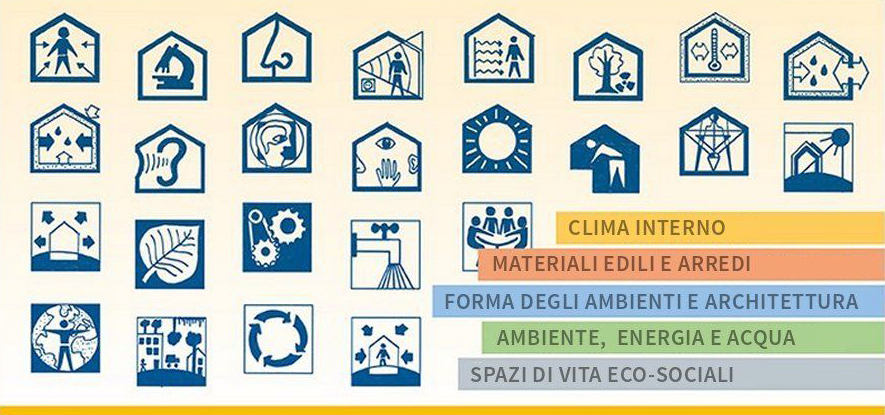
For all interested parties, we publish the 25 principles of the Bioechoic Building of IBN (Institut für Baubiologie + Nachhaltigkeit IBN – Rosenheim), translated by ANAB into Italian from the original in German, divided into 5 macro-themes.
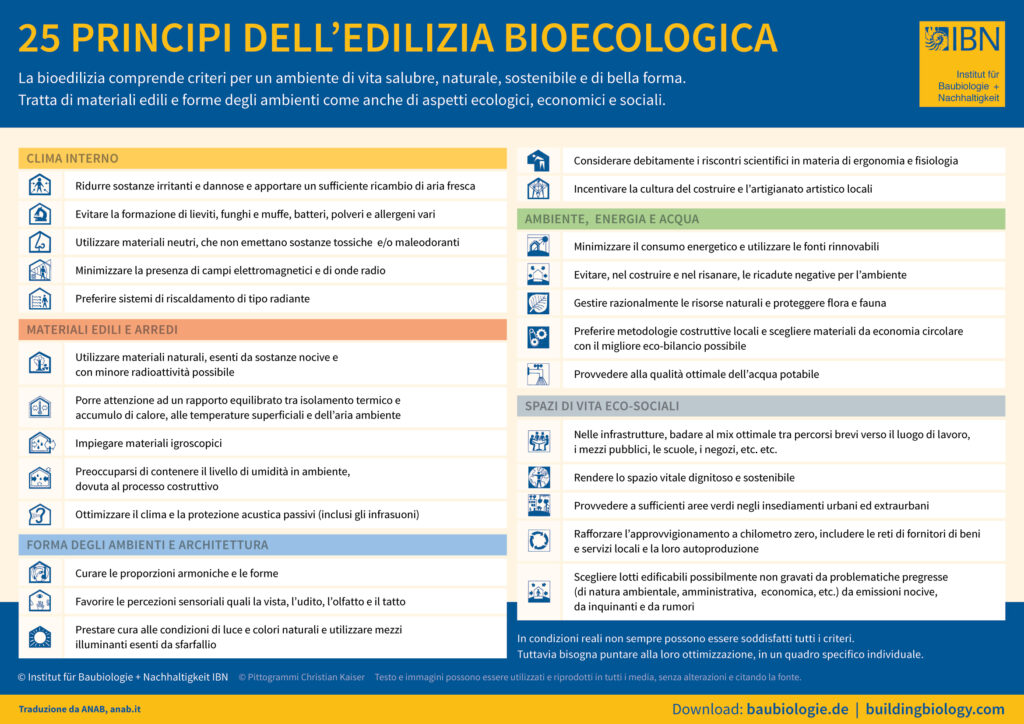
Here you can download the pdf con i 25 Principi dell’Edilizia Bioecologica di IBN tradotte da ANAB
Green building includes criteria for a healthy, natural, sustainable and aesthetic quality living environment. It deals with building materials and room shapes as well as ecological, economic and social aspects.
INTERNAL CLIMATE
- Reduce irritating and harmful substances and provide a sufficient exchange of fresh air.
- Avoid the formation of yeasts, fungi and molds, bacteria, dust and various allergens.
- Use neutral materials, which do not emit toxic and / or smelly substances.
- Minimize the presence of electromagnetic fields and radio waves.
- Prefer radiant heating systems.
BUILDING MATERIALS AND FURNITURE
- Use natural materials, free from harmful substances and with as little radioactivity as possible.
- Pay attention to a balanced relationship between thermal insulation and heat accumulation, surface temperatures and ambient air.
- Use hygroscopic materials.
- Take care to contain the level of humidity in the environment, due to the construction process.
- Optimize passive climate and acoustic protection (including infrasound).
FORM OF ENVIRONMENTS AND ARCHITECTURE
- Take care of harmonic proportions and forms.
- Promote sensory perceptions such as sight, hearing, smell and touch.
- Pay attention to natural light and color conditions and use flicker-free lighting media.
- Give due consideration to scientific findings on ergonomics and physiology.
- Encourage the culture of building and local artistic craftsmanship.
ENVIRONMENT, ENERGY AND WATER
- Minimize energy consumption and use renewable sources.
- Avoid negative effects on the environment when building and renovating.
- Rationally manage natural resources and protect flora and fauna.
- Prefer local construction methods and choose circular economy materials with the best possible eco-balance.
- Provide for the optimal quality of drinking water.
ECO-SOCIAL LIVING SPACES
- In infrastructures, pay attention to the optimal mix of short routes to the workplace, public transport, schools, shops, etc..
- Make the living space dignified and sustainable.
- Provide sufficient green areas in urban and extra-urban settlements.
- Strengthen zero-kilometer supply, include networks of suppliers of local goods and services and their self-production.
- Choose building lots possibly not burdened by previous problems (environmental, administrative, economic, etc.) from harmful emissions, pollutants and noise.

In real conditions not all criteria can always be met. However, we must aim at their optimization, within a specific individual framework.
You can also consult the pages with the 25 principles on the IBN website in English and German:
https://www.baubiologie.de/downloads/25principles.pdf
https://www.baubiologie.de/weiterbildung/25-leitlinien-der-baubiologie/
ANAB natural architecture
National Association of Bioecological Architecture APS / ETS
Source: http://www.anab.it


































































